Can Stepwells Save Us From Droughts?
- The Grey Water Project
- Nov 12, 2022
- 2 min read
Updated: Nov 21, 2025
What are Stepwells? Step wells as the name suggests are wells with underground flights of stairs leading down to the water table.

A stepwell consists of an elaborate and ornate entrance at the ground level. The lower levels are decorated with pillars and the wells are either at the center or at the far end. Stepwells are commonly found in the western states of India.

What is a temple tank? An equivalent to a step well in south India is the temple tank. Compared to the step-wells, the temple tanks were simpler. Temple tanks are either square or rectangular in shape, and are truncated trapezoidal in section, being staggered from top to bottom.
How do Stepwells and Temple tanks recharge the aquifers? In most of the areas in India, groundwater originates through rainfall on land surfaces especially in the western and southern parts of the country. Rain then percolates to the underlying surface and moves to the water table via seepage through top soils and discharges to surface collectors such as stepwells, tanks, lakes, streams etc., The remainder reaches and recharges the deeper underlying aquifers. Water from these structures were used for agriculture, and everyday use of drinking, bathing, and washing.
How did the stepwells and temple tanks come into existence? Both the stepwells and temple tanks were commissioned by royalties. While the stepwells were built to remember the loved ones who had passed, the temple tanks were associated with the temples and used for religious purposes as well. They both served as cooling stations for travelers and pilgrims protecting them from the severe heat during the day or overnight.
Why did the stepwells and temple tanks disappear? The temple tanks still exist today but are not maintained and used as in the past. They simply exist for religious purposes. The stepwells on the other hand slowly disappeared during British rule as they were considered unsanitary. They were either destroyed or filled in to prevent diseases from breeding. However, step-wells are effective and sanitary when maintained properly
Why do we need them today?
In these times of drought and severe water shortages, research has shown that the aquifers have been over-exploited. Stepwells and temple tanks could help us replenish the groundwater levels. These could be also used for rainwater collection from the surrounding areas. The design of the step wells and temple tanks will aid in percolation resulting in the rise of the water tables eventually.
While modern technologies aid in disseminating science effectively to the public, the traditional reasoning behind stepwells and tanks have been disregarded. Communicating the science behind the step wells and temple tanks will help revive these structures and help with overcoming droughts and water shortages.
Enjoy these architectural pieces in this photo gallery



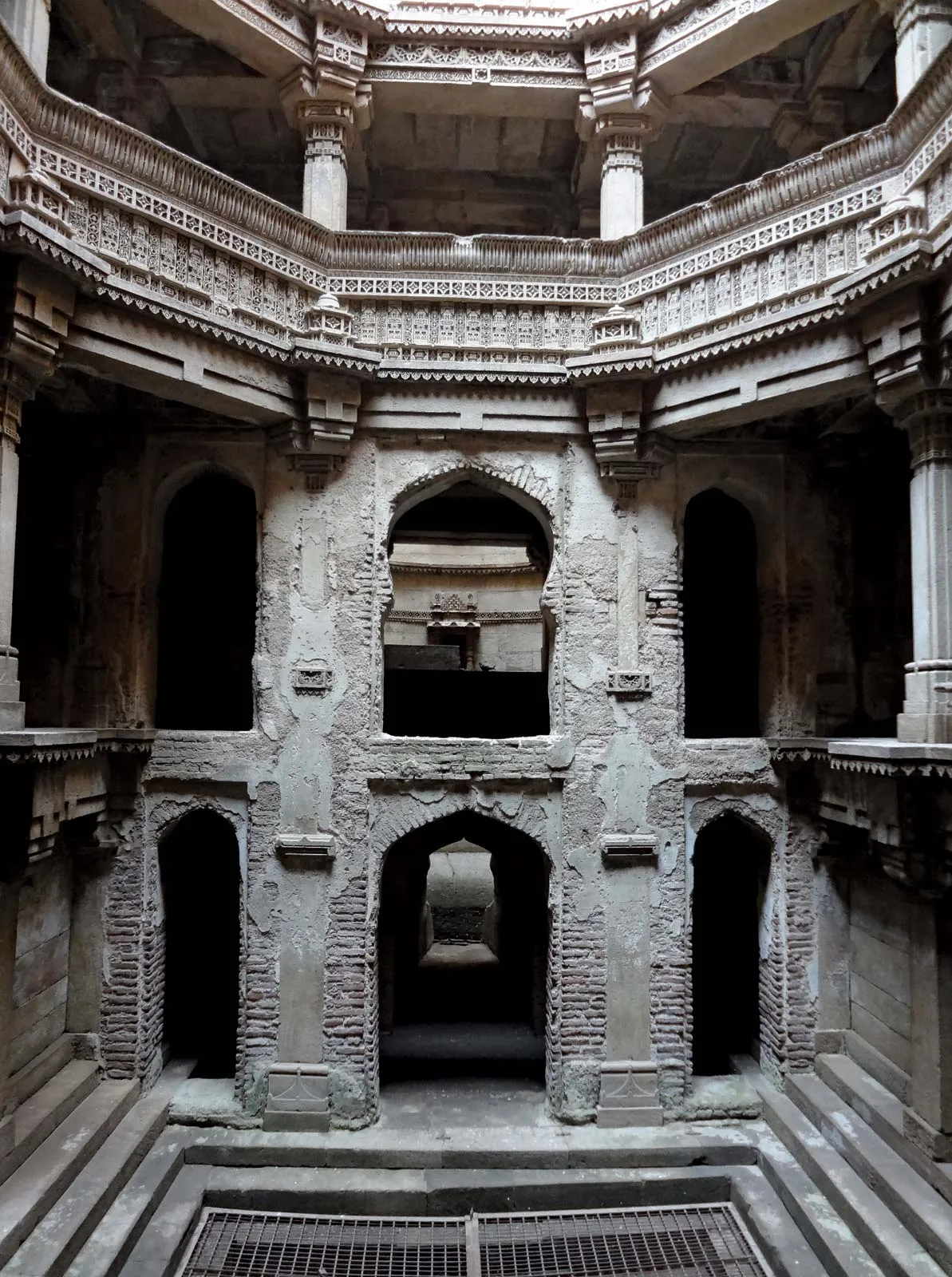
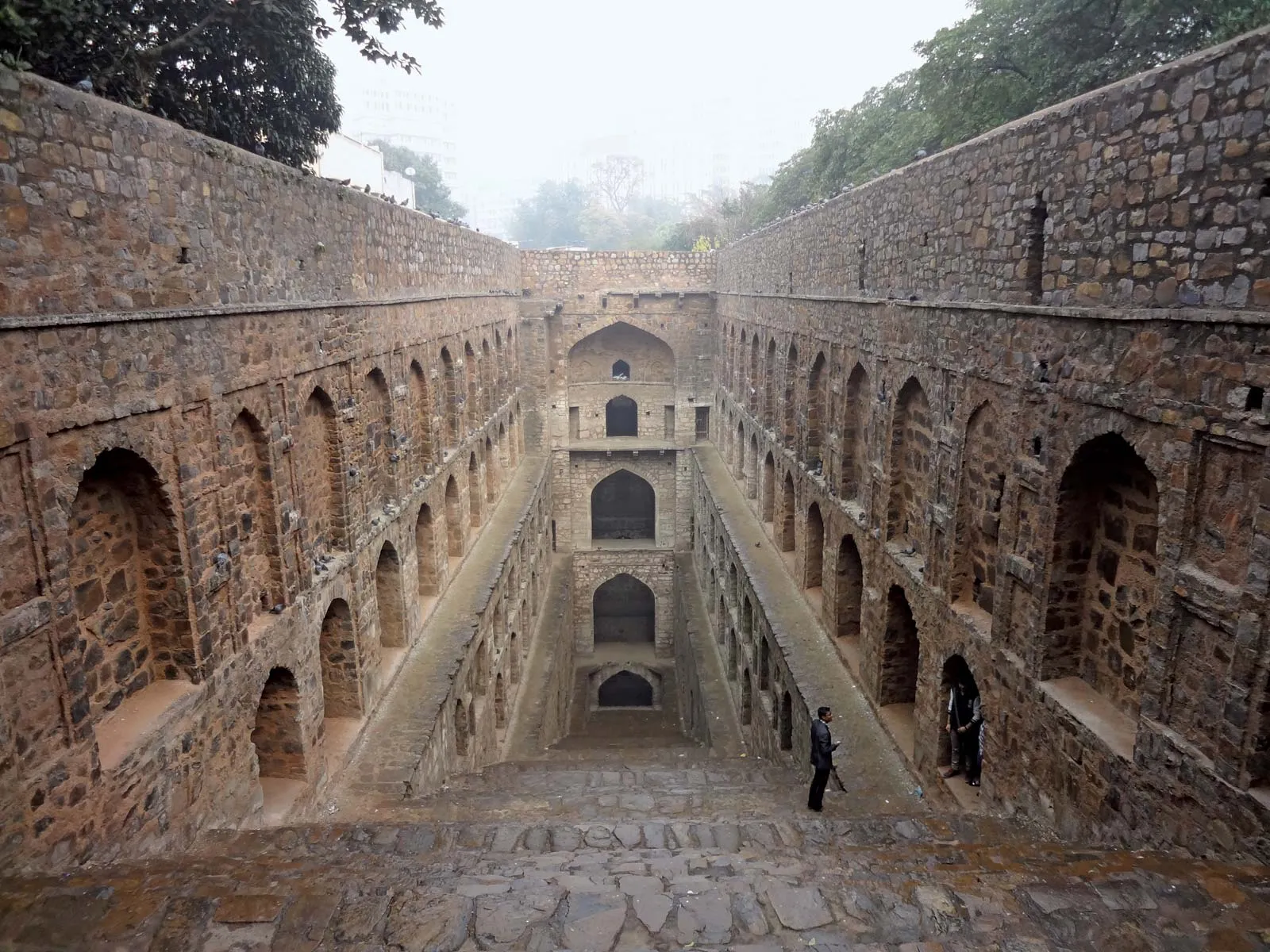
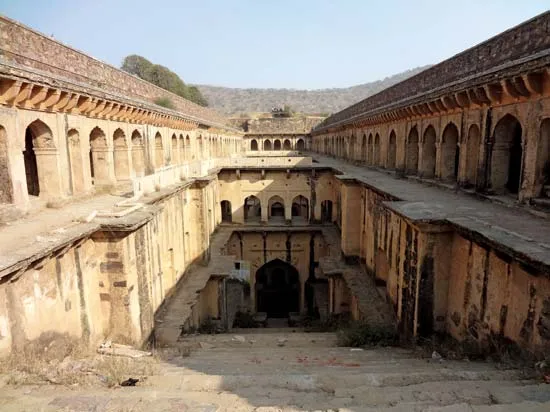
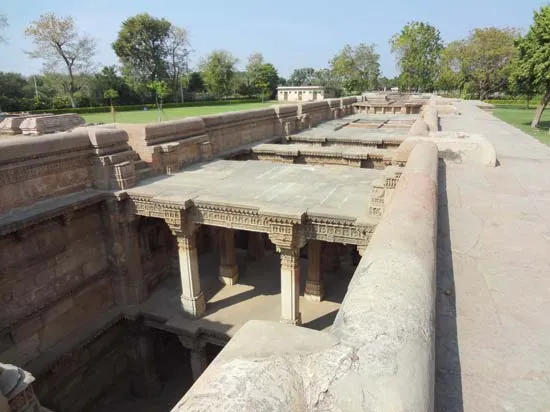
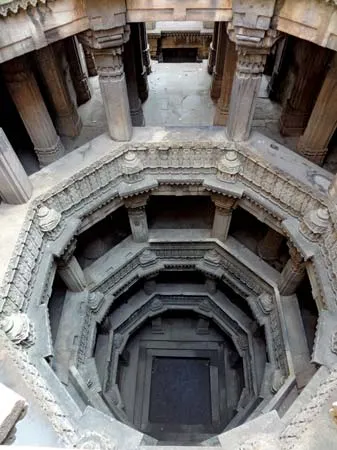
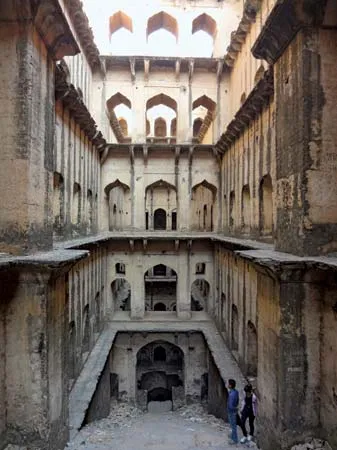
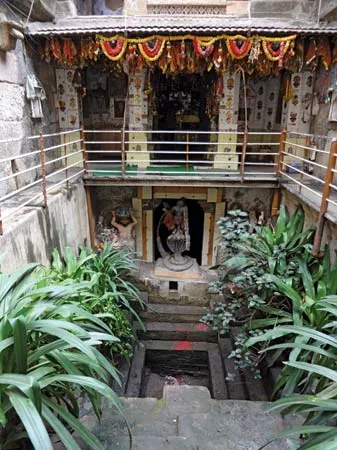
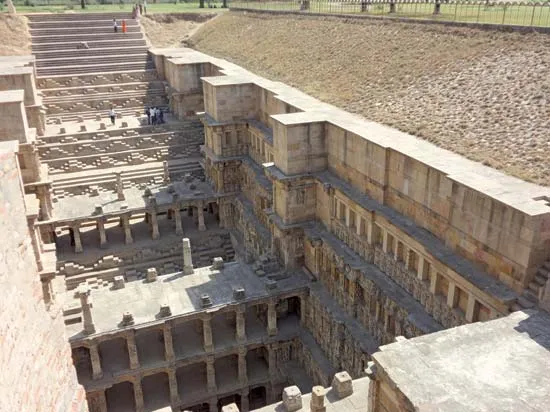
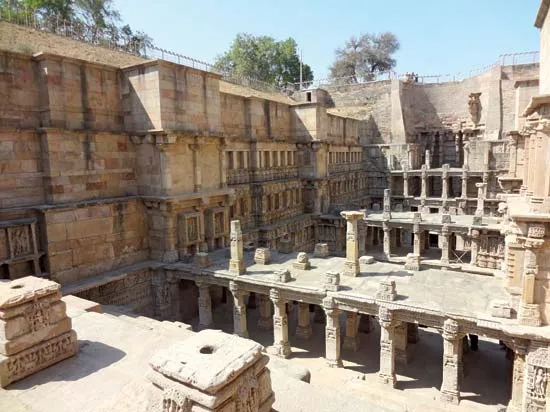
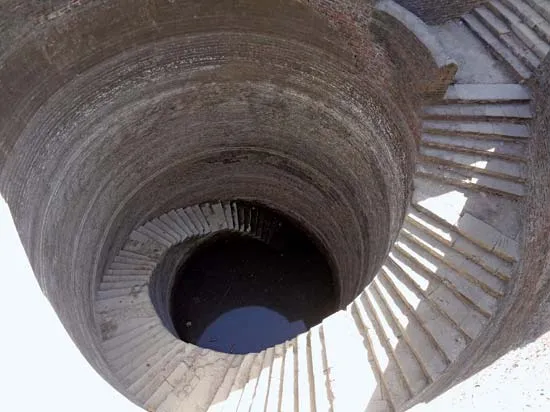
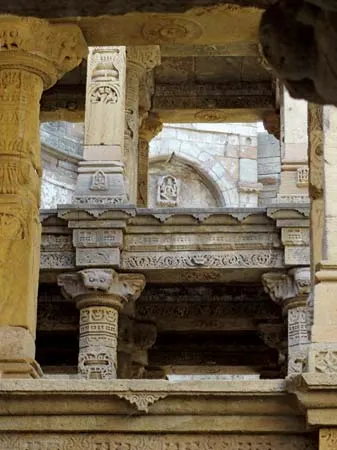



Comments